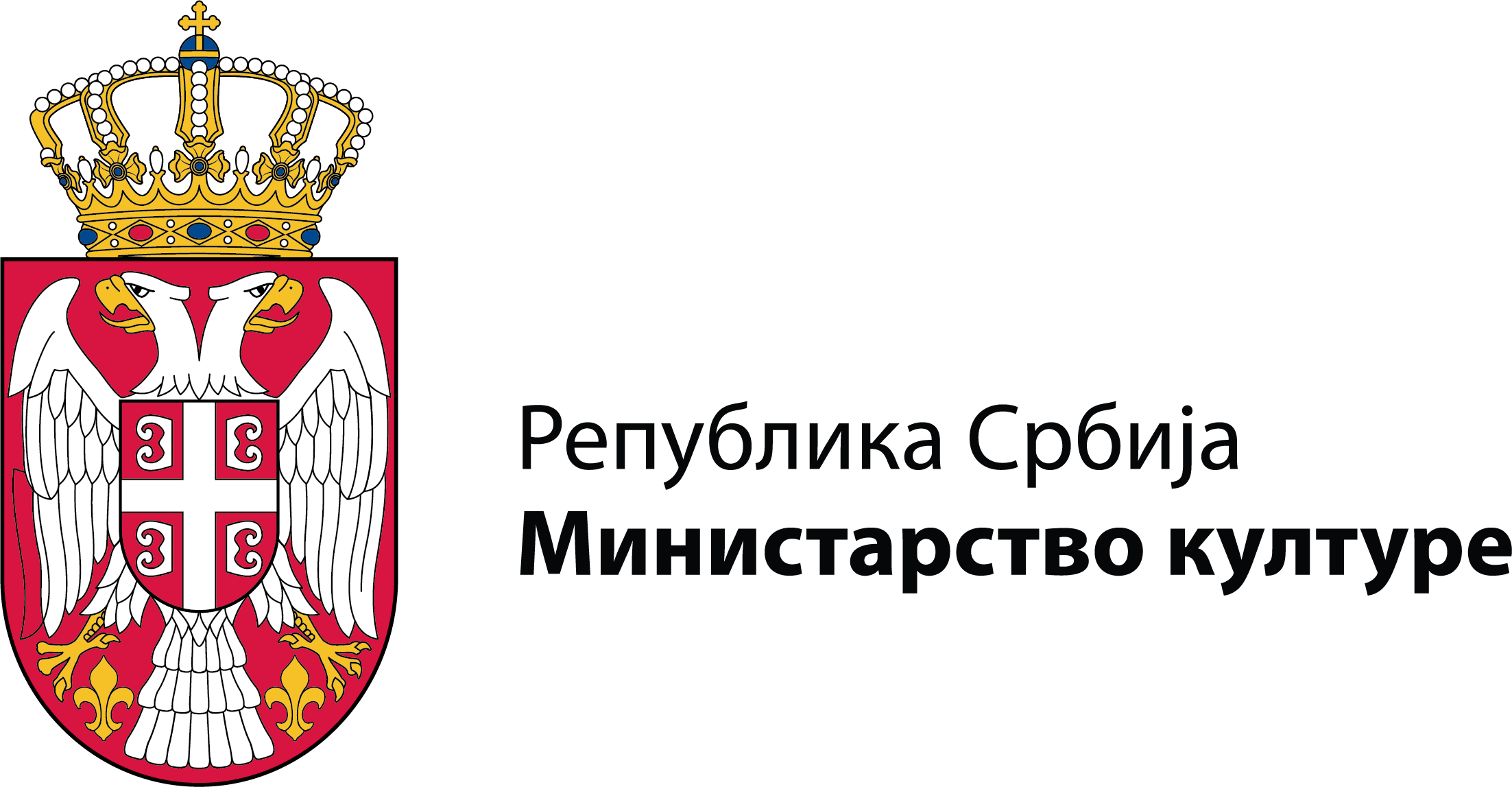In addition to basic economic activities, Serbian rural households engaged in various activities in order to ensure their material well-being, raise their social status and participate in commodity-money exchange.
Depending on the area, the activities included collecting forest fruits and making containers for their transfer, vegetable growing, growing and processing tobacco, olive growing, beekeeping, brandy roasting, making brooms, mining, gold panning, home woodworking, charcoal making, millwork and others.
The largest part of the collection is the collection of beehives. Beehives are accompanied by beekeeping equipment and tools such as honey spinners and strainers, combs and columns for squeezing wax. The collection also includes items related to mining - mining lamps, a pick and shovel, a mining stick and a protective suit. There is also a collection of baskets for collecting forest fruits and a group of tools for panning gold.
The collection consists of 150 items.
The curator in charge of the collection is Dr. Marko Stojanović, museum advisor: marko.stojanovic@etnografskimuzej.rs
The largest part of the collection is the collection of beehives. Beehives are accompanied by beekeeping equipment and tools such as honey spinners and strainers, combs and columns for squeezing wax. The collection also includes items related to mining - mining lamps, a pick and shovel, a mining stick and a protective suit. There is also a collection of baskets for collecting forest fruits and a group of tools for panning gold.
The collection consists of 150 items.
The curator in charge of the collection is Dr. Marko Stojanović, museum advisor: marko.stojanovic@etnografskimuzej.rs

